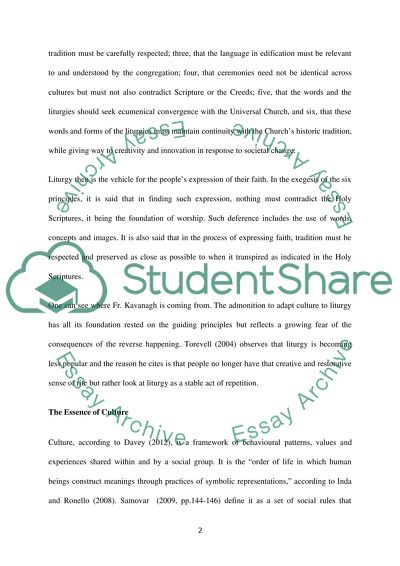Cite this document
(“Must Liturgy Adapt to Culture or vice versa Essay”, n.d.)
Retrieved from https://studentshare.org/religion-and-theology/1447117-liturgy
Retrieved from https://studentshare.org/religion-and-theology/1447117-liturgy
(Must Liturgy Adapt to Culture or Vice Versa Essay)
https://studentshare.org/religion-and-theology/1447117-liturgy.
https://studentshare.org/religion-and-theology/1447117-liturgy.
“Must Liturgy Adapt to Culture or Vice Versa Essay”, n.d. https://studentshare.org/religion-and-theology/1447117-liturgy.


